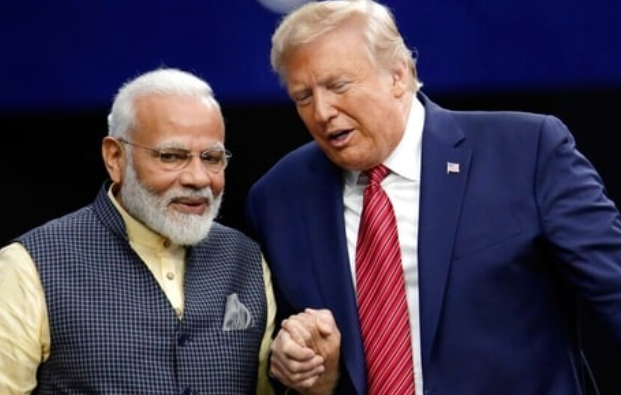
The latest Nuvama report highlights a potential blow to India’s export economy as the United States contemplates a 25% tariff hike on a broad range of goods. With Indian exports to the US amounting to approximately $87 billion, or nearly 2.5% of the country’s GDP, the implications of such a move are expected to be significant.
Sectors at Risk
The sectors most vulnerable to the proposed tariffs include pharmaceuticals, electronics, textiles, and agricultural goods. According to export data from FY2023-24, India exported $17.2 billion worth of machinery and electrical equipment and $9.6 billion in textiles and textile articles to the US. Both these categories already face 0.6% and 9% tariffs respectively, and any further increase would directly impact volumes and margins.
Pharma, another major export at $8.1 billion, currently enjoys a 0% tariff. If this category is included in the proposed tariff hike, it could severely dent India's largest foreign-exchange earning sector. Textiles, mineral products, chemicals (excluding pharma), and foodstuffs also stand out with existing tariff rates ranging from 2.5% to 14.6%, highlighting the sensitivity of India’s export portfolio.
Potential Economic Fallout
The imposition of steep tariffs could trigger a fall in exports, thereby reducing foreign exchange earnings. This may place downward pressure on the Indian Rupee (INR), although the currency's depreciation could potentially offset some of the tariff-induced losses for exporters.
Nuvama’s analysis points toward increased market volatility in response to the tariff move. Foreign Institutional Investors (FIIs), who have already been cautious in recent quarters, may further withdraw or pause investments. This raises the risk of capital flight, especially if the global economic climate remains uncertain.
RBI’s Likely Response
With a weakening currency and potential stress on the external account, the Reserve Bank of India (RBI) may be compelled to respond with policy easing. Lower interest rates could help boost domestic demand and cushion the blow to growth. However, such a move would come at the cost of stoking inflationary pressures domestically.
Global Economic Impact
This potential tariff escalation is not just an India-centric issue. Combined with a strong US dollar and elevated interest rates, the move is expected to reduce the US trade deficit. While this might be seen as a positive for the US economy, the broader impact would likely be deflationary on a global scale.
As global trade volumes shrink under the pressure of protectionist policies, economists warn of rising risks to global growth and investment flows. For India, a nation heavily reliant on export-led growth and foreign capital inflows, these developments could be a significant near-term setback.
India must navigate this challenging phase by accelerating trade diversification, entering new markets, and negotiating favorable terms in bilateral trade agreements. With global headwinds intensifying, strategic economic diplomacy and domestic resilience will be key to weathering the storm
Disclaimer:This article is for informational purposes only and does not constitute financial, investment, or trade advice. Readers are advised to consult with professionals before making any economic or investment decisions based on the content provided. The data and analysis are based on publicly available reports and may be subject to change.




